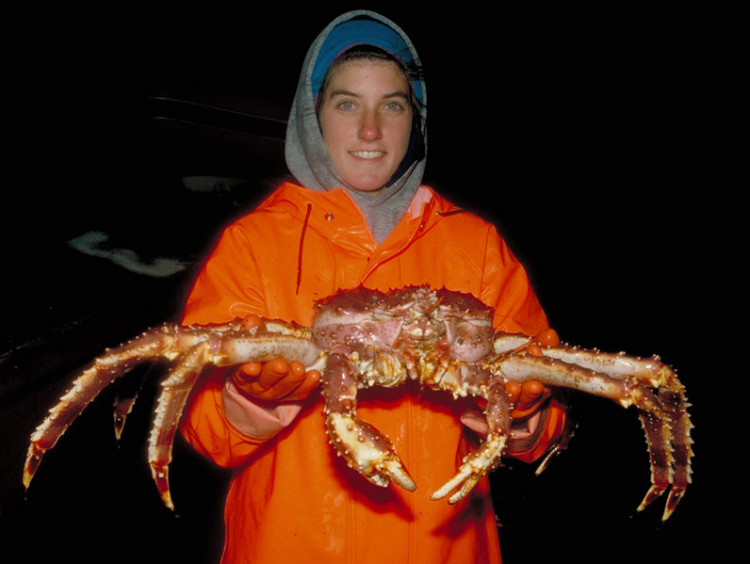For the first time, the Alaska Department of Fish and Game stated that the Bering Sea snow crab season will be stopped in 2022-2023, citing the need for "conservation and rebuilding given the condition of the stock".
According to the National Oceanic and Atmospheric Administration's yearly study of the Bering Sea floor, the total number of crustaceans is expected to be around 1.9 billion in 2022, down from 11.7 billion in 2018, or an 84% decline.
Climate change is a leading suspect in the widespread extinction of Alaska's snow crabs, according to experts, after the state took the rare step of canceling their harvest this season to rescue the species.
The species can also be found further north in the Chukchi and Beaufort Seas, although it does not reach fishable size there. According to Erin Fedewa, a marine biologist at the Alaska Fisheries Science Center, the stunning numbers witnessed today were caused by heatwaves in 2018 and 2019.
The "cold water habitat that they need was virtually absent, which suggests that temperature is really the key culprit in this population decline," she said.
Warmer temperatures are considered to have decreased the species in a variety of ways. According to research, the prevalence of Bitter Crab Disease increases as the temperature rises. The crustaceans, named after their preference for cold water, are also subjected to greater metabolic stress in warmer temperatures, which means they require more energy to survive. "A working hypothesis right now is that the crabs starved, they couldn't keep up with metabolic demands," Fedewa said.
Young snow crabs, in particular, require cold temperatures to hide from their main predator, Pacific cod, and temperatures in areas where juveniles typically live increased from 1.5 degrees Celsius in 2017 to 3.5 degrees Celsius in 2018 - with studies indicating that 3 degrees Celsius may be an important threshold.
More research is being conducted, and the results should be published soon, but in the meanwhile, everything points to climate change. The cancellation of Bristol Bay red king crab fishing for the second year in a row also hurt the sector. Fedewa also stated that overfishing is not a major role in the snow crab population reduction.
"We've seen these declines across all sizes of snow crab, which really suggest some bottom-up environmental driver is at play," she added, referring to the removal of huge adult males by fishing.
With good news, this year's survey found a large increase in young crabs compared to the previous year, but it will take four or five years for the males among them to reach fishable size. A hope that no further heatwaves will occur.






